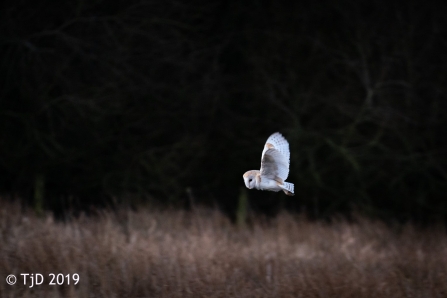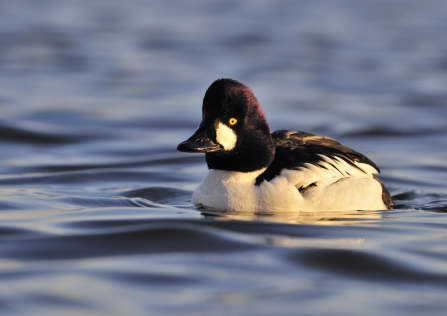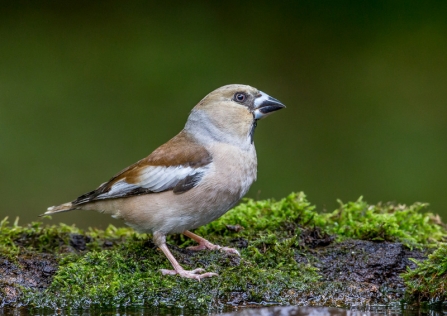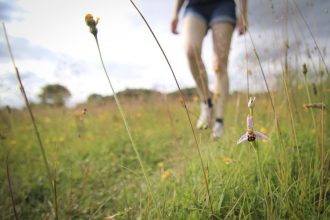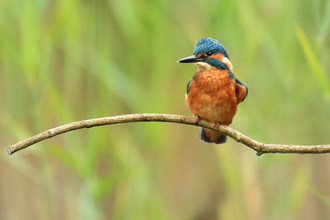Middleton Nature Reserve
Our stunning mosaic of scrub, fen and grassland habitats weaves its way around a network of peaceful pools that host winter migrants, hungry waders and wonderful waterfowl during the winter months. Staff and volunteers have spotted secretive woodcock and snipe standing camouflaged against the browned vegetation. Water rail have also made appearances, while out on the water, teal, gadwall and shovelers have been dabbling.
And that isn’t all – we’ve had meadow pipits and even a singing Cetti’s warbler on-site.


